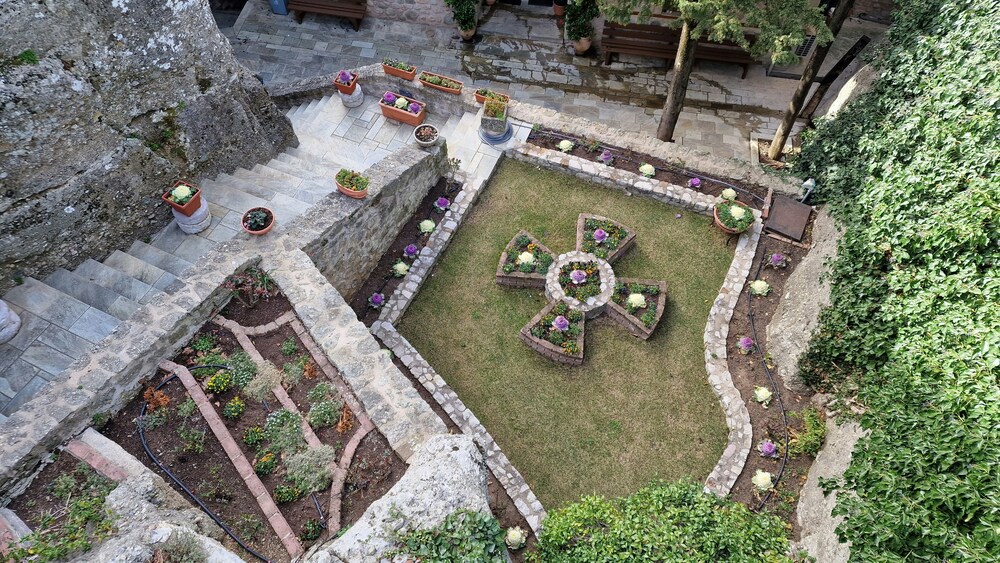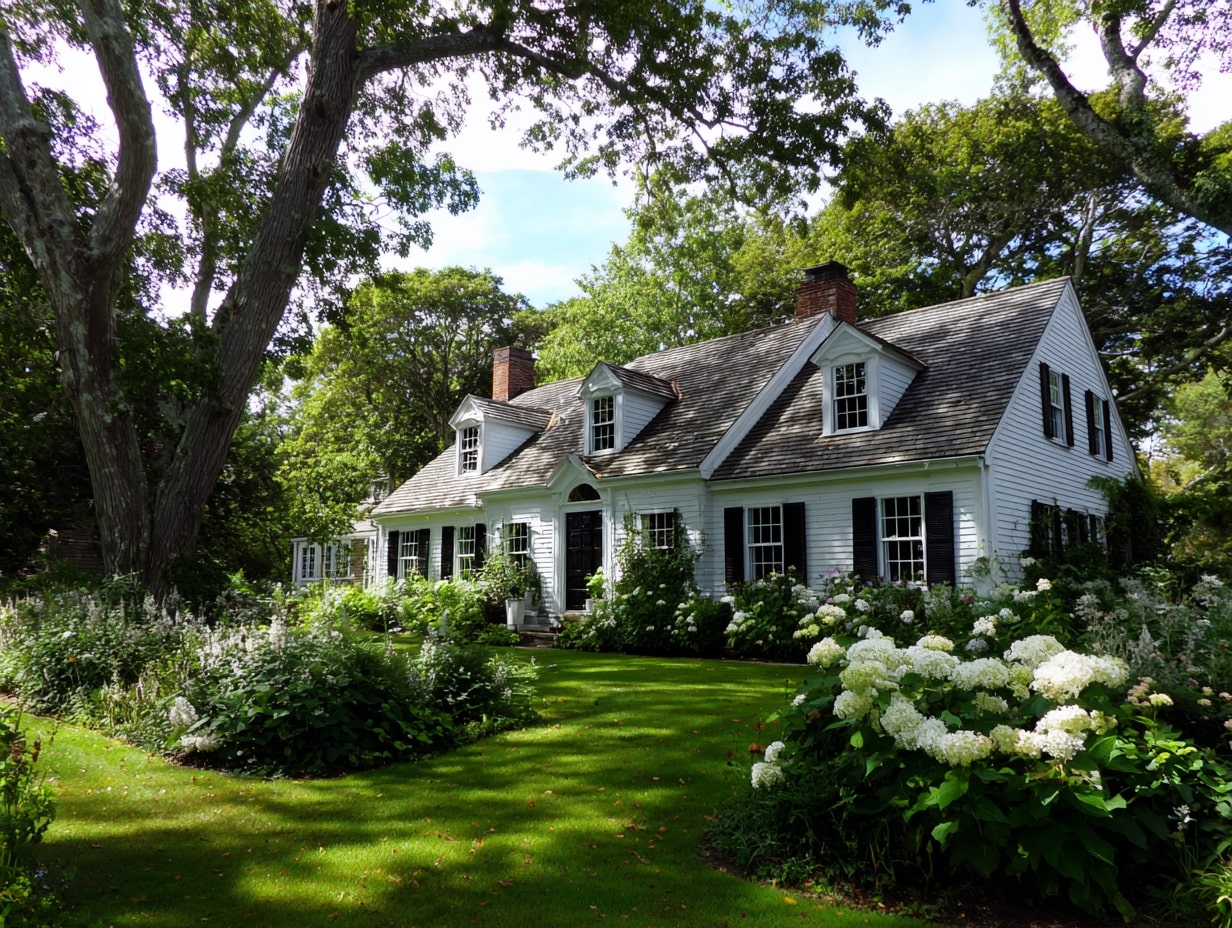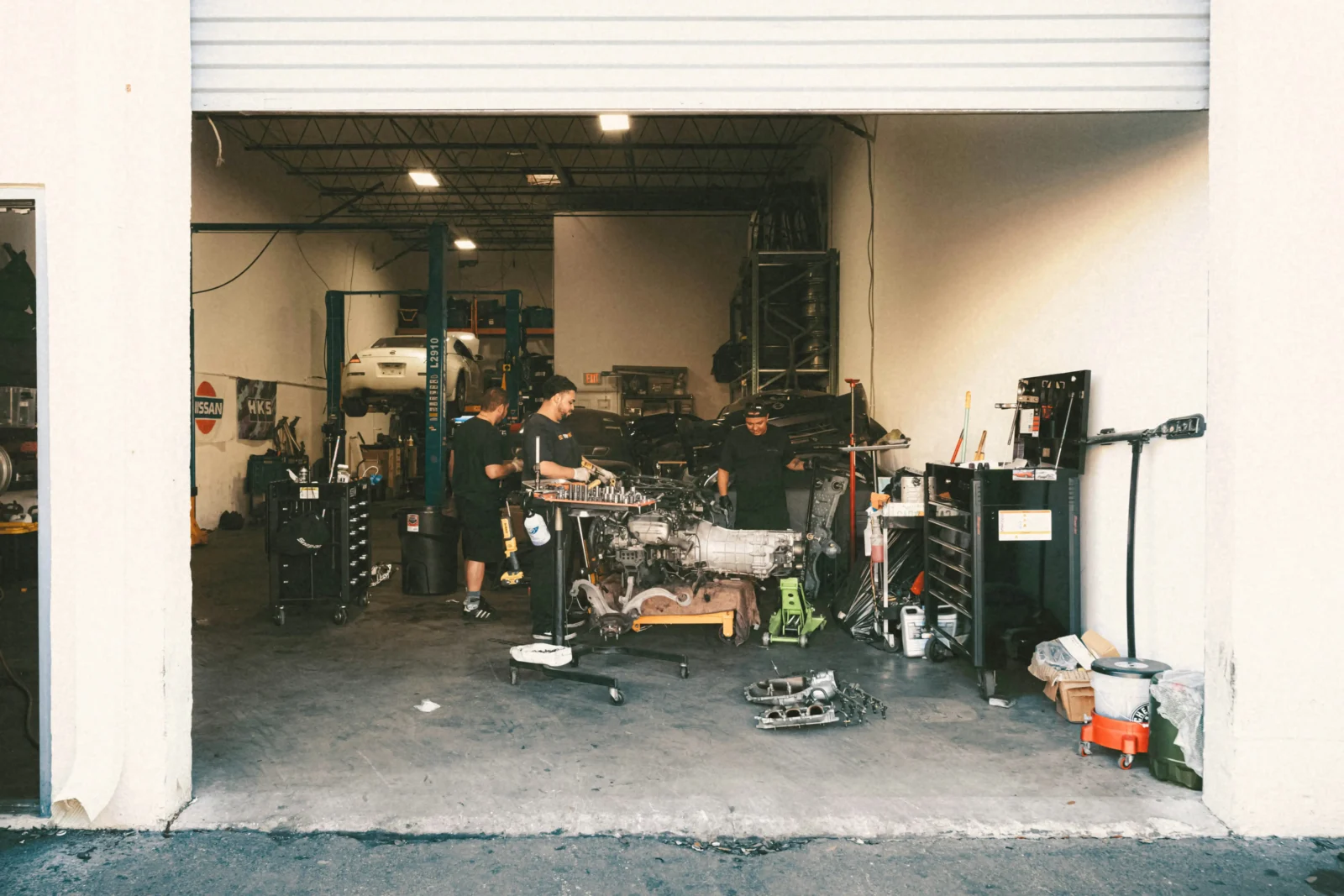- Home
- Articles
- Architectural Portfolio
- Architectral Presentation
- Inspirational Stories
- Architecture News
- Visualization
- BIM Industry
- Facade Design
- Parametric Design
- Career
- Landscape Architecture
- Construction
- Artificial Intelligence
- Sketching
- Design Softwares
- Diagrams
- Writing
- Architectural Tips
- Sustainability
- Courses
- Concept
- Technology
- History & Heritage
- Future of Architecture
- Guides & How-To
- Art & Culture
- Projects
- Interior Design
- Competitions
- Jobs
- Store
- Tools
- More
- Home
- Articles
- Architectural Portfolio
- Architectral Presentation
- Inspirational Stories
- Architecture News
- Visualization
- BIM Industry
- Facade Design
- Parametric Design
- Career
- Landscape Architecture
- Construction
- Artificial Intelligence
- Sketching
- Design Softwares
- Diagrams
- Writing
- Architectural Tips
- Sustainability
- Courses
- Concept
- Technology
- History & Heritage
- Future of Architecture
- Guides & How-To
- Art & Culture
- Projects
- Interior Design
- Competitions
- Jobs
- Store
- Tools
- More
Explore Innovative Retirement House Designs Across the USA for Modern Living
Discover innovative retirement house designs across the USA, blending sustainability, accessibility, and personalization. From eco-friendly tiny homes to multi-generational spaces, explore functional, stylish, and community-driven living options tailored to modern retirees. Embrace a reimagined retirement lifestyle with smarter, greener, and more adaptable housing solutions.

Retirement is no longer just about slowing down; it’s about embracing a lifestyle that reflects our passions, priorities, and dreams. Across the USA, innovative retirement house designs are redefining how we think about this next chapter. From eco-friendly tiny homes to luxurious multi-generational spaces, these designs cater to diverse needs while prioritizing comfort and functionality.
As we explore these creative living options, it’s clear that retirement housing has shifted far beyond traditional concepts. Modern designs focus on sustainability, accessibility, and fostering a sense of community. Whether we’re dreaming of a serene lakeside retreat or a vibrant urban condo, there’s something for everyone. Let’s dive into the inspiring possibilities shaping the future of retirement living.

Table of Contents
ToggleUnderstanding The Need For Innovative Retirement Housing
Retirement housing needs are evolving as lifestyles and expectations change. Traditional designs often fail to address modern demands like sustainability, accessibility, and community integration. Innovative housing models respond to these gaps by prioritizing functionality and future-forward features.
Sustainability is a key concern in retirement housing. Eco-friendly designs, such as solar-powered homes and energy-efficient materials, offer cost savings and environmental benefits. These designs reduce energy use while creating healthier living conditions for retirees.
Accessibility features are vital for creating safe and comfortable spaces. Homes with wider doorways, step-free layouts, and smart home technology ensure greater independence and safety. For example, motion-activated lighting and voice-controlled systems enhance usability for residents with mobility challenges.
Community-focused designs enrich retirement living. Multi-generational spaces and co-housing setups encourage social connections and combat isolation. Communal areas like shared gardens or activity centers promote a strong sense of belonging among residents.
Adaptable housing options align with diverse needs. From compact tiny homes to luxurious villas, choices now reflect both functionality and personal preference. For instance, customizable floor plans enable retirees to match designs to specific lifestyles or health requirements.
Key Features Of Modern Retirement House Designs
Modern retirement house designs focus on optimizing comfort, functionality, and adaptability. These designs incorporate essential features that cater to the unique needs of retirees while embracing contemporary living standards.

Accessibility And Mobility
Accessibility plays a crucial role in retirement house designs. Features like no-step entrances, wider doorways, and roll-in showers ensure ease of movement for residents with mobility challenges. Adjustable countertops and grab bars promote independence in essential daily activities. Strategically placed non-slip flooring and well-lit pathways enhance safety, reducing the risk of accidents in frequently used areas.
Sustainable And Eco-Friendly Materials
Sustainability is a major focus in modern retirement homes, using materials that minimize environmental impact. Bamboo flooring, recycled steel, and reclaimed wood are common choices for eco-conscious properties. Energy-efficient insulation and low-VOC paints create healthier indoor environments. Designs integrate renewable energy systems like solar panels, cutting utility costs while supporting sustainable practices.
Smart Home Technology
Smart home technology enhances convenience and safety in retirement housing. Voice-activated devices control lighting, temperature, and security systems, reducing physical strain. Features like medical alert systems and AI-driven monitoring improve health management for retirees. Additionally, interconnected home devices allow remote monitoring, enabling family members or caregivers to ensure residents’ well-being efficiently.
Regional Variations In Retirement House Designs Across The USA
Retirement home designs in the USA vary significantly by region, reflecting local climates, cultural influences, and lifestyle preferences. These regional differences create unique opportunities to meet the specific needs and tastes of retirees.

West Coast Innovations
The West Coast emphasizes sustainability and modern aesthetics in retirement housing. Designs often feature open floor plans, large windows for natural light, and eco-friendly elements like solar panels, green roofs, and energy-efficient materials. Many homes include outdoor living spaces, such as patios or gardens, to complement the mild climate. Smart home integrations, like automated lighting and security systems, are also common, enhancing convenience and safety.
Southern Charm And Practicality
In the South, retirement homes combine traditional charm with practical functionality. Single-story designs with wraparound porches and large, shaded outdoor areas are prevalent to handle the warm climate. Interiors prioritize spacious layouts, ceiling fans for ventilation, and energy-efficient systems to reduce cooling costs. Accessibility features, such as wide hallways and zero-step entrances, are integrated seamlessly into classic architectural styles, reflecting Southern hospitality and adaptability.
Northeastern Trends
Northeastern retirement homes adapt to colder conditions and urban-centered lifestyles. Multi-family housing units and townhome-style residences are popular in metropolitan areas, offering community interaction and reduced maintenance. Energy-efficient insulation, triple-pane windows, and centralized heating systems focus on maintaining warmth and lowering utility expenses. Storage solutions and compact designs often cater to smaller spaces, aligning with the region’s space-conscious approach.
Midwestern Adaptations
The Midwest values practical, durable retirement house designs suited for varying seasonal extremes. Ranch-style homes with open floor plans and basements for additional storage or storm shelters are common. Materials like brick and stone enhance durability against weather conditions, while energy-efficient heating and cooling systems manage temperature fluctuations. Expansive yards allow for gardening or outdoor recreation, adding to the region’s preference for spaciousness.
Community-Centric Designs For Retirees
Community-focused retirement house designs promote connection, engagement, and mutual support among residents. These innovative models prioritize shared experiences and social well-being.

Co-Living Arrangements
Co-living spaces combine private sleeping areas with shared facilities like kitchens, dining rooms, and outdoor spaces. This setup encourages interaction while providing personal privacy. For example, co-housing communities often feature clusters of homes around a central courtyard. Residents share responsibilities like gardening or meal preparation, fostering collaboration and reducing individual workloads. Additionally, these arrangements lower living costs, making them appealing for budget-conscious retirees seeking an enriching social environment.
Active Lifestyle Amenities
Active lifestyle features cater to retirees prioritizing health and recreation. Onsite amenities like fitness centers, swimming pools, and walking trails encourage residents to stay physically active. For instance, some communities integrate pickleball courts, yoga studios, or golf courses to offer diverse activities. Group classes or social events, such as gardening clubs or art workshops, nurture emotional well-being while creating social bonds. These features embody the growing demand for holistic retirement living experiences.
The Future Of Retirement Housing In The USA
Retirement housing in the USA is shifting towards innovative designs that blend advanced technology, sustainability, and adaptability. We see a clear trend toward integrating eco-friendly materials and energy-efficient systems, such as solar panels and water-saving fixtures, to create homes that reduce environmental impact and long-term costs. These features align with retirees’ increasing focus on sustainable living.
Smart technology continues to revolutionize retirement homes by incorporating solutions like voice-activated systems, smart thermostats, and health-monitoring devices. These tools enhance safety and convenience while supporting residents’ independence. For example, AI-based systems can provide reminders for medication schedules or detect potential health risks, ensuring timely care.
Adaptability remains a key focus of future designs. Flexible layouts, such as modular spaces and convertible rooms, cater to changing needs as individuals age. These customizations enable residents to adjust their living spaces in response to health or mobility challenges while maintaining comfort. Wide doorways, no-step entrances, and adjustable countertops are becoming essential design elements.
Community-centric models are evolving by incorporating shared amenities like coworking spaces, wellness centers, and communal kitchens. These designs promote social engagement and connection, critical for emotional well-being. Multi-generational settings, where retirees live alongside younger family members or other age groups, are gaining traction for their ability to foster support networks.
We also notice growth in innovative housing concepts, like tiny home villages and active adult communities. Tiny home villages focus on affordability and simplicity, ideal for retirees looking to downsize without sacrificing comfort. On the other hand, active adult communities provide a range of recreational activities, catering to those pursuing a lively, enriched lifestyle.
Future retirement housing prioritizes forward-thinking solutions tailored to evolving preferences, ensuring that retirees benefit from a harmonious blend of functionality, sustainability, and convenience. Advanced designs continue adapting to meet these needs across the nation.

Conclusion
Innovative retirement house designs across the USA redefine how we approach retirement living. These designs focus on sustainability, accessibility, and adaptability, addressing shifting lifestyles and expectations. Eco-friendly materials, energy-efficient systems, and smart home technology are central to modern concepts, offering cost-effective and convenient solutions. Features like wider doorways, no-step entrances, and adaptable layouts increase comfort and safety for aging residents.
Regional styles further enhance the diversity of options, with West Coast homes prioritizing eco-friendly aesthetics, Southern designs blending charm with functionality, and Northeastern layouts accommodating colder climates. Midwestern and other designs balance durability with spaciousness, meeting both environmental and lifestyle needs.
Community-centered housing models foster social interaction and connection through co-living setups and shared amenities. Active lifestyle features, such as group activities and wellness-centered facilities, support both physical and emotional well-being. These advancements showcase a commitment to holistic and personalized retirement living that aligns with evolving preferences.
- advanced retirement house plans
- contemporary retirement homes
- customizable retirement homes
- eco-friendly retirement homes
- Innovative retirement home designs
- luxury retirement home designs
- modern retirement living USA
- modern senior housing USA
- retirement communities modern
- retirement house designs
- retirement housing solutions US
- senior living architecture USA
- senior living modern designs
- small retirement house ideas
- trending retirement home styles
- unique retirement home designs
- USA retirement home architecture
Submit your architectural projects
Follow these steps for submission your project. Submission FormLatest Posts
Useful Tips for Planning A Backyard Layout That Feels Spacious
Creating a backyard that feels spacious can transform your outdoor experience, making...
American Architecture Styles That Shaped a Nation
Explore American architecture styles from Colonial to modern—key features, icons, and timelines...
How Environmental Planning Shapes Modern Architecture in Houston
Houston does not design buildings in a vacuum. Every structure rises inside...
Smart Steps for Repairing Your Garage
Keeping your garage safe and reliable is mostly about steady habits and...












Leave a comment